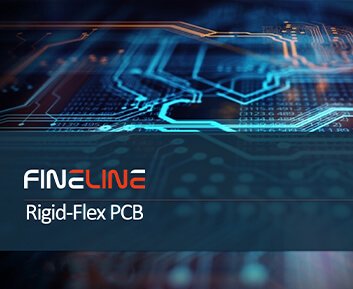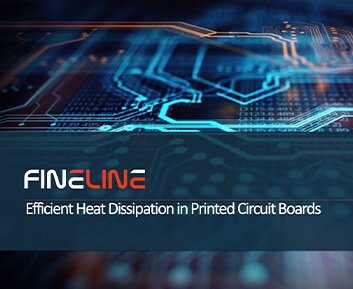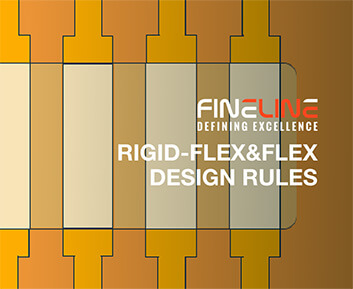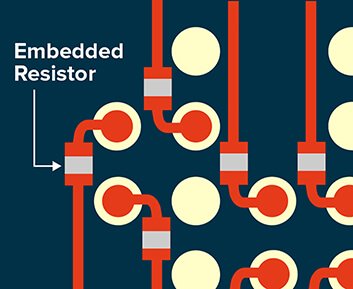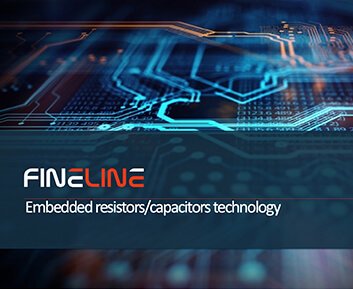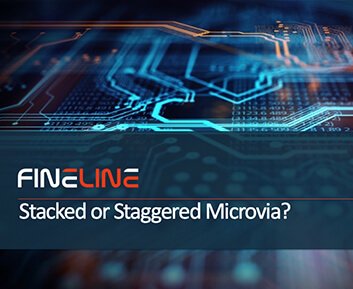At Fineline, every innovation is driven by a compelling narrative of ambition and determination, fuelled by the pursuit of the optimal solution for our customers.
One such remarkable achievement is the successful integration of embedded resistors—a groundbreaking electronic component seamlessly incorporated directly into the circuitry of PCBs.
This milestone was prompted by a specific request from a customer who had encountered some challenges, including refusals, in obtaining a circuit with various resistors situated in different layers and demanding very tight tolerances.
The customer’s determination, coupled with Fineline’s commitment to innovation, professionalism, and service orientation, enabled us to fulfill the task and provide a complete response to our client’s needs.
Unlike traditional resistors that are welded onto the PCB, embedded resistors are created during the PCB production process itself. They are manufactured using a combination of special materials and techniques to achieve the desired resistance values. The resistance material is designed according to the desired resistance and configuration values, allowing customers to design and assemble small, dense circuits with a wide range of resistance values according to application requirements.
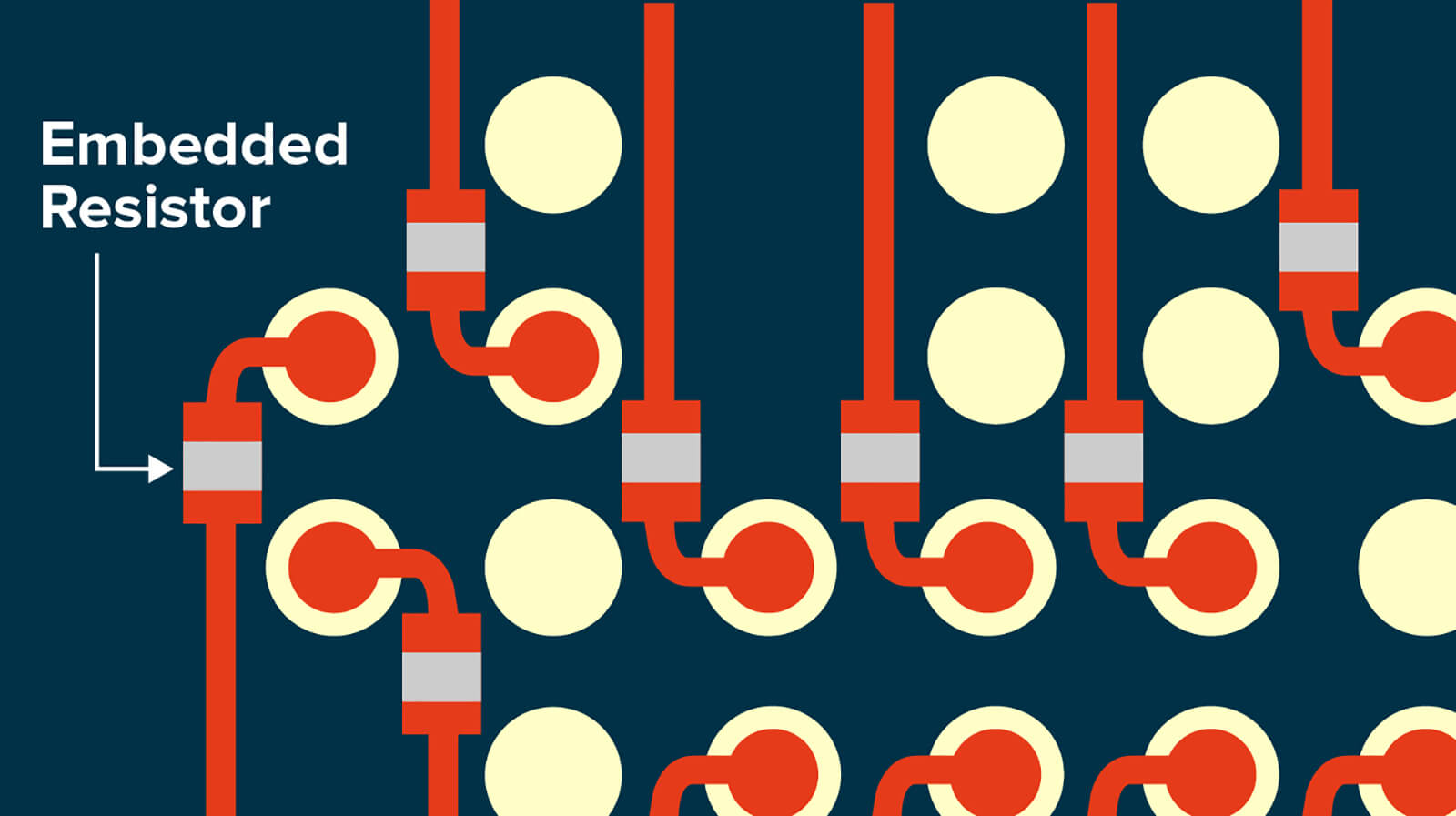
Selection of raw materials for embedded resistors:
The choice of materials for each PCB depends on factors such as desired resistance values, power handling capabilities, thermal considerations, and production feasibility. Embedded resistors are usually made with a layer of metallic alloy with resistance properties such as Nickel Phosphorous (NiP) or Nickel Chromium (NiCr). These alloys are chosen for their stability and durability, high-temperature capabilities, and compatibility with PCB production processes. At Fineline, we use raw materials from OhmegaPly and Ticer.
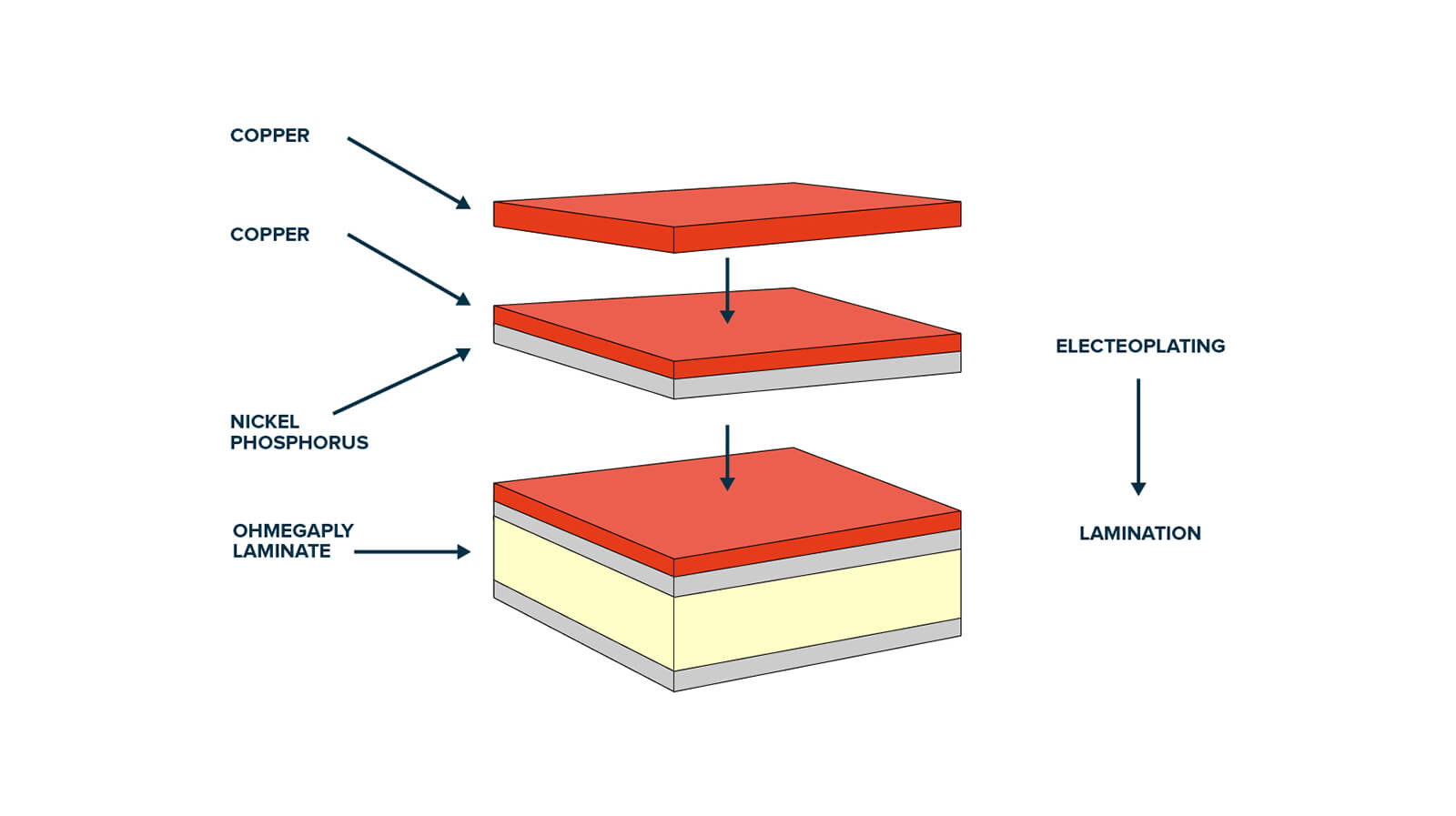
Led by our CTO, Maysa Salameh, and in collaboration with Fineline’s professional and global team of engineers and suppliers, our client support journey began from the initial planning phase. This commitment extended through vigilant supervision across all production stages, culminating in the meticulous quality inspection of the boards. At the conclusion of this comprehensive process, we successfully delivered the ideal solution that precisely addressed our customer’s technological requirements.
Embedded resistors represent a significant advance in PCB technology, serving as the optimal solution for a diverse range of customers with unique technological requirements spanning industries such as military, medical, automotive, and various other sectors.
The following are just some of the significant benefits of using embedded resistors in PCBs:
1. Space and Weight Savings
Components embedded in a printed circuit do not require additional space like standard components do, making it possible to save weight and space on the printed circuit.
2. Enhanced Printed Circuit Reliability
Embedded resistors are more reliable because they are not exposed to external elements that may cause physical damage or affect their performance. Eliminating the need for solder joints that tend to wear out over time increases reliability, which can contribute to the overall longevity and durability of electronic devices.
3. Reduced Circuit Crosstalk
The use of embedded resistors can help reduce unwanted interference between neighboring PCB signal tracks that can lead to signal damage, especially in high-speed digital circuits and high-frequency applications.
4. High Power Handling / Enhanced Performance
Combining resistors within the PCB substrate enables efficient heat dissipation and higher power handling capabilities compared to traditional surface-mounted resistors. Directly connecting components to the printed circuit can provide higher electrical stability and reduce the level of heat production, making embedded resistors particularly suitable for applications involving high power loads.
5. Improvement in the frequency
Embedded resistors are manufactured using special production techniques to ensure high accuracy and stability in resistance values. This means they are more effective at transmitting signals at high frequencies, which is essential for applications that require accurate and consistent resistance performance.
6. Cost Efficiency
Although the design processes for embedded resistors may entail initial investments, the substantial savings achieved in production costs and assembly over the entire product lifecycle can be significant.
At Fineline, we are proud to provide comprehensive consulting from the planning stage to the receipt of the finished product, marked by meticulous and professional supervision of the entire production process. Our commitment is to assist you in crafting a unique PCB design tailored precisely to your technological needs, guide you through every step of the production process, and ensure enhanced performance until a satisfactory result is achieved. We’re here to support you at every stage of your journey.
As technology advances, the integration of embedded resistors is expected to become increasingly common and prevalent, and we will keep setting standards of excellence and innovation in the field.
To find out if embedded resistors could be the solution to your technological needs, contact us today

